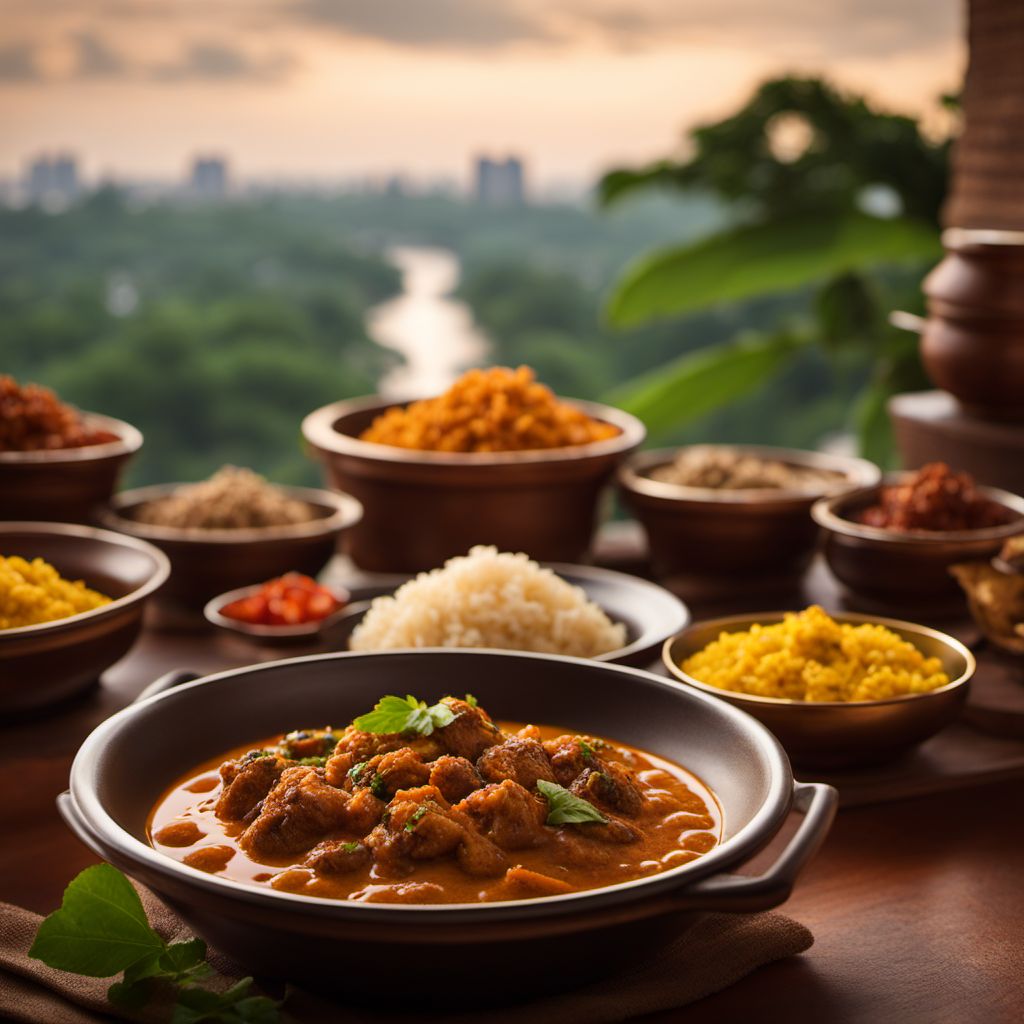
Cuisine
Malvani cuisine
Spicy and tangy, use of coconut and seafood, use of kokum, a souring agent.
Typical ingredients
Seafood, Coconut, Kokum, Spices
Malvani cuisine is known for its use of unique spices and ingredients such as Malvani masala and kokum. The cuisine is also known for its street food culture and thali system. Malvani cuisine has a rich history and is an important part of the region's culture and identity.
More cuisines from this region...
Maharashtrian cuisine, Gujarati cuisine, Rajasthani cuisine, Sindhi cuisine, Parsi cuisine, Goan cuisine
History
Malvani cuisine has a rich history that dates back to ancient times. The cuisine has been influenced by various cultures and dynasties that have ruled the region over the centuries. The cuisine has also been influenced by the region's geography and climate. Malvani cuisine has evolved over time and has become an integral part of the region's identity.
Cultural significance
Malvani cuisine is an important part of the region's culture and identity. The cuisine is often served during festivals and special occasions. Malvani cuisine is also known for its street food culture, which includes dishes such as vada pav and pav bhaji. The cuisine is also known for its thali system, which is a platter of various dishes served together.
Health benefits and considerations
Malvani cuisine is generally considered to be healthy as it uses a lot of seafood and vegetables. However, some dishes can be high in calories and fat. It is important to consume Malvani cuisine in moderation and balance it with other healthy foods.
Malvani cuisine recipes Browse all »

Malvani Spiced Millet with Green Chilies (Qingjiao Yumi)
Fiery Millet Delight: Malvani Spiced Green Chili Millet
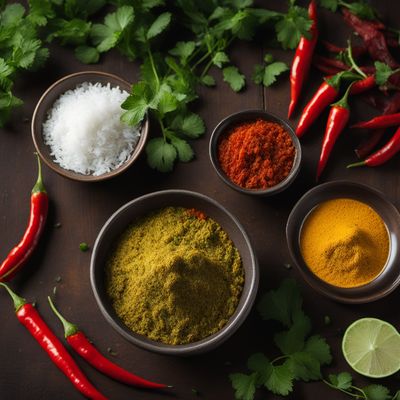
Malvani Spiced Burasa
Coconut-infused Spiced Rice Dumplings: Malvani Burasa
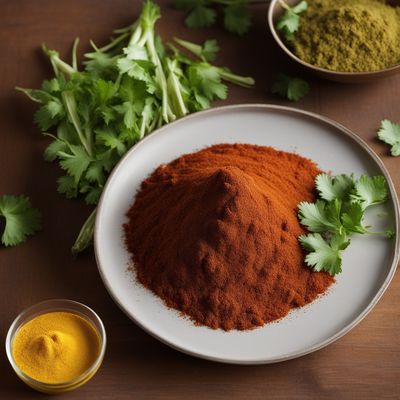
Malvani Spiced Endives with Butter
Malvani Masala Twist: Buttered Endives with a Kick
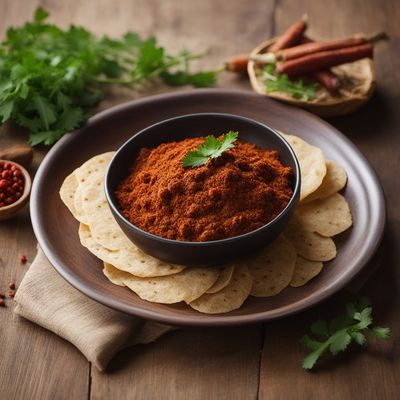
Malvani Spiced Sausage
Fiery Fusion: Malvani Spiced Sausage with a Danish Twist
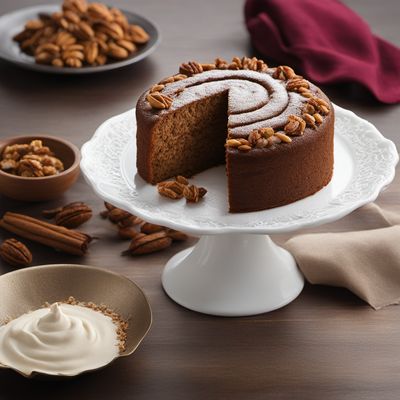
Malvani Walnut Cake
Spiced Walnut Delight: A Malvani Twist to the Classic Cake
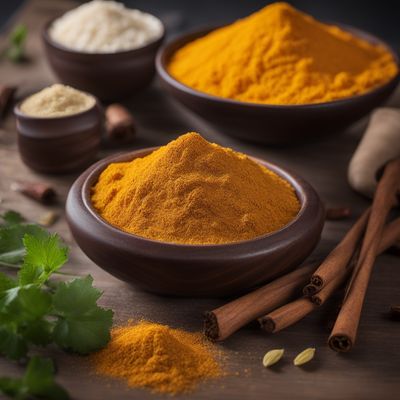
Malvani Spiced Pofaláča
Malvani Twist on Traditional Pofaláča: A Spicy Delight from the Konkan Coast

Malvani Green Gumbo
Coastal Delight: Malvani Green Gumbo - A Spicy Twist to a Classic American Dish

Malvani-style Stuffed Bread (Malvani Hornazo)
Spiced and Savory Stuffed Bread: A Malvani Delight
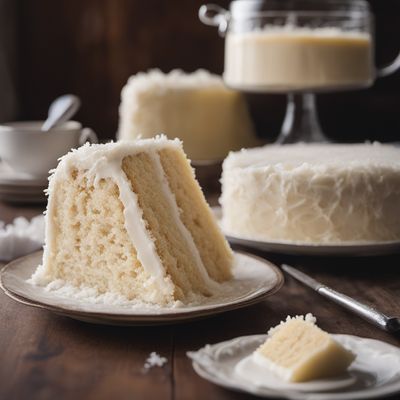
Malvani Coconut Cake
Coconut Delight: Malvani Twist to a Classic Cake

Malvani Cheese Delight
Spicy and Tangy Malvani Cheese Dream

Malvani-style Spiced Rice with Greens
Malvani Green Masala Rice: A Flavorful Twist to Prasorizo

Malvani Spiced Grilled Chichinga
Tantalizing Malvani Grilled Skewered Zucchini